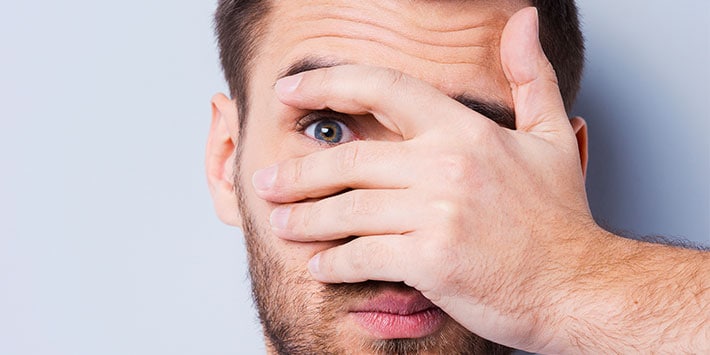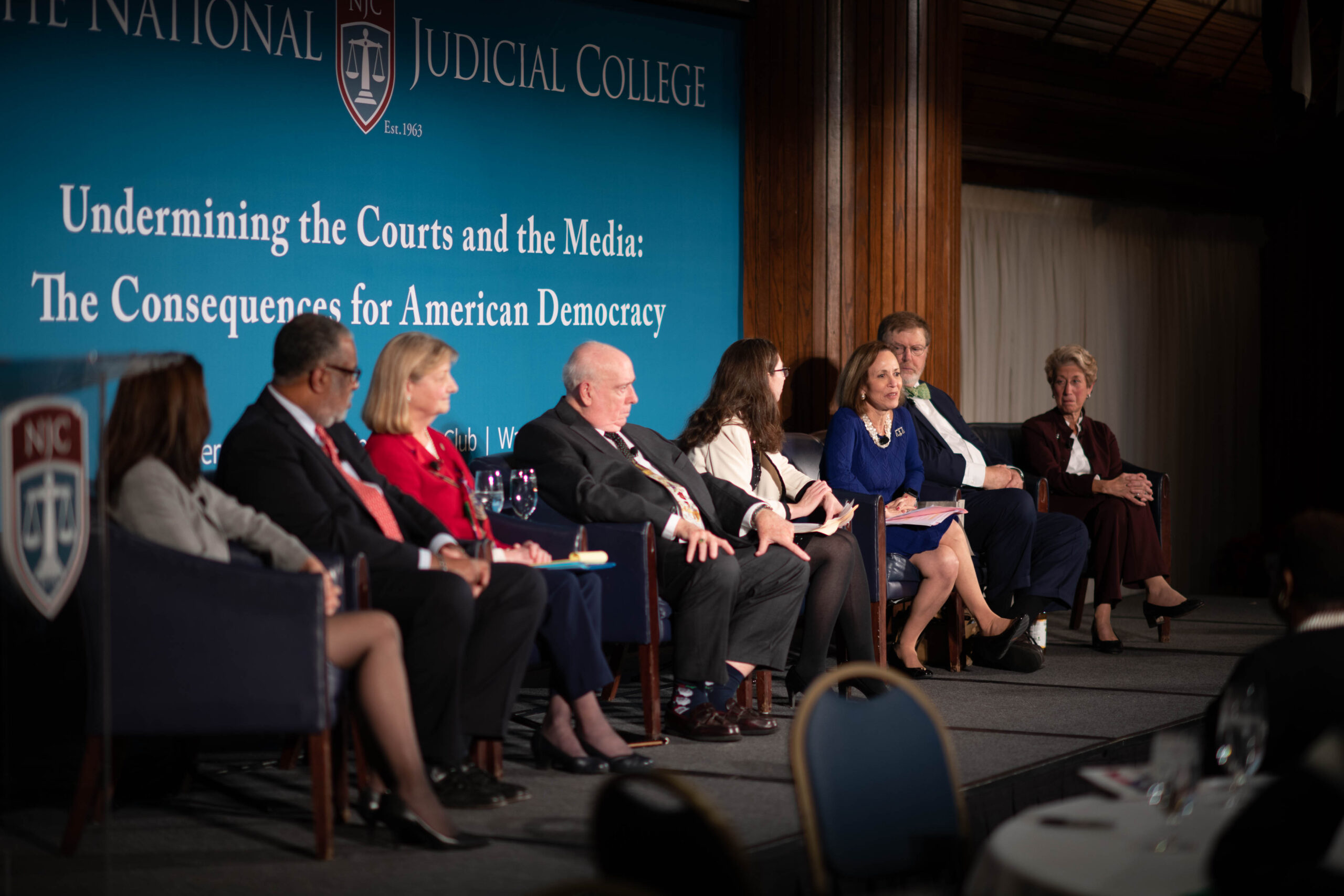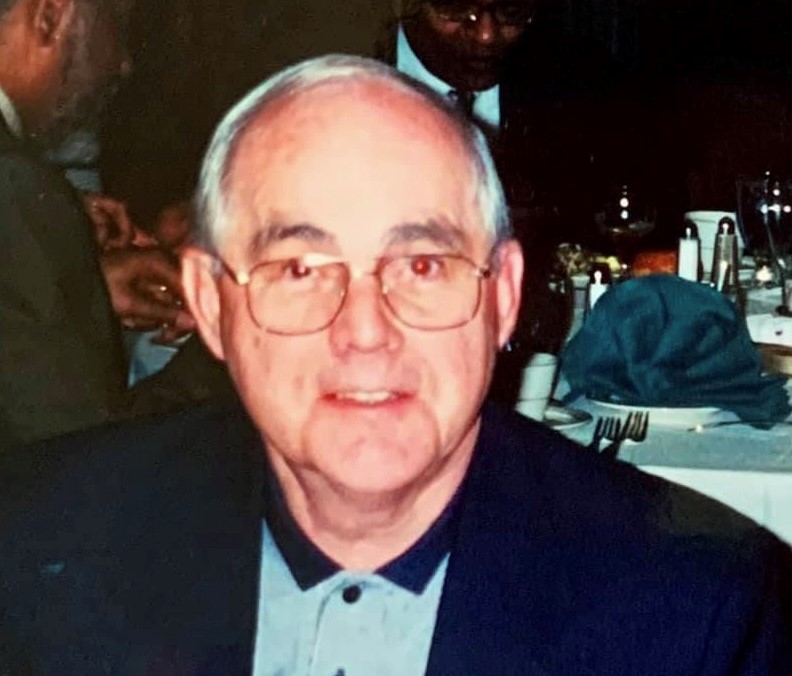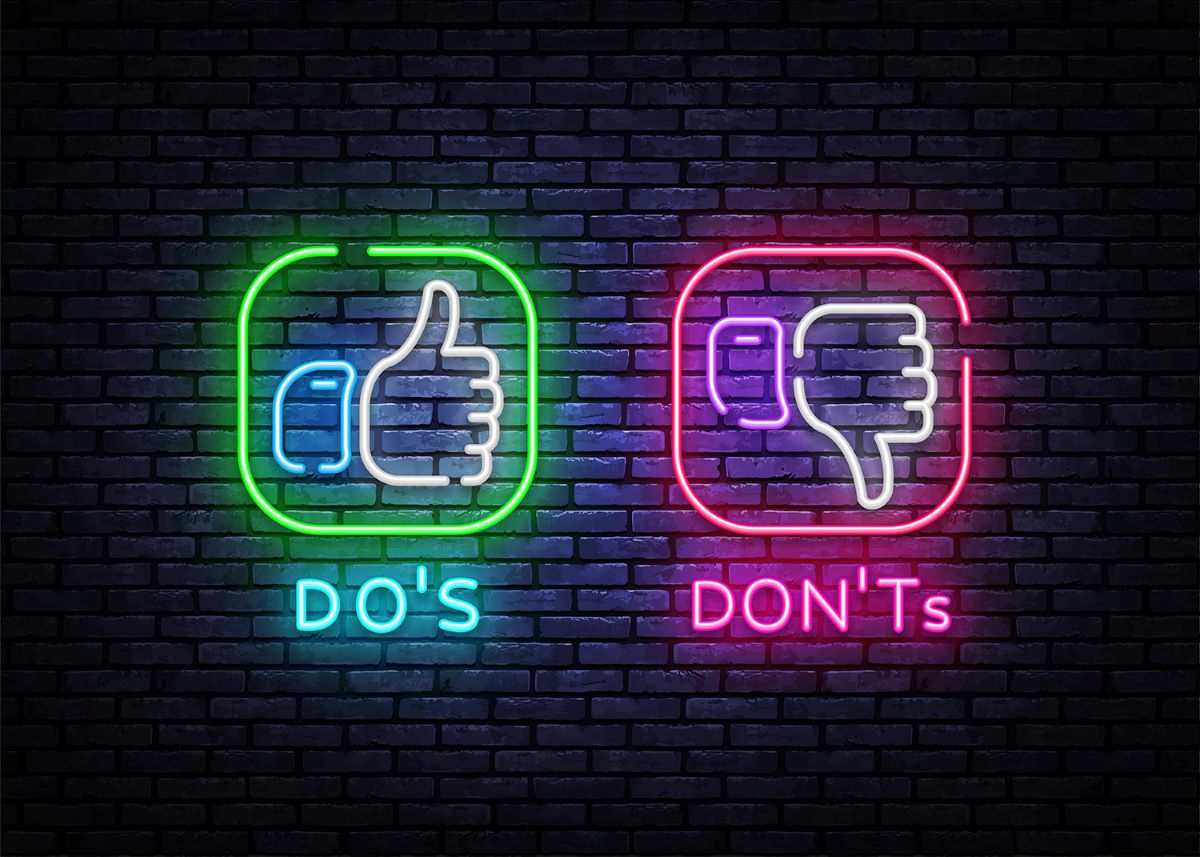
Jules Epstein and Suzanne Mannes
Can science step in and assist in Rule 403 determinations of “unfair prejudice”? When confronted with “gruesome” evidence, all too often autopsy photos or images of severe injuries, judges must assess whether there is a risk of unfair prejudice or misleading the jury and then, if the risk is present, “may” exclude the proof.1
Yet there is no court-dictated workable metric for assessing when either risk is present beyond boilerplate terminology such as whether the “[e]vidence… makes a conviction more likely because it provokes an emotional response in the jury or otherwise tends to affect adversely the jury’s attitude toward the defendant wholly apart from its judgment as to his guilt or innocence of the crime charged.”2 The standard is akin to that used to describe when material is obscene — an “I know it when I see it” approach to decision-making.3
This approach begets arbitrariness. That this is so may be seen by contrasting claims of unfair prejudice in criminal and civil cases. The default in criminal seems to be that of admissibility, demonstrated in the extreme in the 2015 Aurora, Colorado movie theater shooting trial. There, 226 prosecution witnesses were called over 34 days where the only disputed issue was sanity4, and testimony included a detective describing the interior of Theater 9 as “the kind of thing that nightmares are made of” and an EMT testifying that “he prayed over his friend, Jessica Ghawi [one of the 12 people killed during the shooting].”5 The more common occurrence is the prosecution’s presentation of multiple autopsy photos such as in Commonwealth v. Woodard, where “12 color photographs portrayed various parts of [the 2 year old’s] body… [and a] single black and white photo depicted the internal injury of [the child’s] lacerated liver…”6
By contrast, in civil cases the plaintiff herself/himself may be excluded where that person’s physical condition has the potential to arouse the emotions of jurors. “[A] court may exclude the plaintiff or limit [her] presence without denying due process… if her mere presence… would render the jury unable to arrive at an unbiased judgment concerning liability…. This is so because, in that situation, the court must balance the plaintiff’s due process rights with the defendant’s right to an unbiased jury trial.”7 This disparate treatment of cases involving money damages and cases involving liberty or even the loss of life confirms the absence of a uniform, other-than-gut-instinct, metric.
In addition to arbitrariness, a second problem is the judicial assumption that exposure to gruesome images in a courtroom in the context of trial will not be upsetting because jurors see such images elsewhere. “[T]oday’s society [sic] jurors are routinely exposed to similar materials that are equally if not more gruesome than the photographs admitted here.”8 Statements such as this presume that what some jurors see is actually watched by all and that all are inured to the emotional impact exposure brings. Neither conclusion has hard data to support it.
Is there a methodology to reduce arbitrariness and avoid evidence that “provokes an emotional response in the jury or otherwise tends to affect adversely the jury’s attitude toward the defendant wholly apart from its judgment…?” The suggestion here is to be cognizant of the science on how judgment is affected (if not impaired) by gruesome evidence, and then use that science in a more rigorous application of Rule 403 balancing.
Science and Gruesome Evidence
All evidence presented during a trial influences the decision that a jury ultimately makes about a defendant’s guilt or innocence, as it should. However, certain types of evidence may influence these decisions in large and not unbiased ways. When jurors are presented with evidence that is particularly gruesome, they are likely to experience a visceral emotionally charged feeling that leads them to be inappropriately punitive.
The study of emotions and their physiological correlates by psychologists has a long history. Although there have been differences of opinion regarding whether one precedes the other or if they occur simultaneously, there is no doubt that emotions and physiological responses are closely related. According to the Schachter-Singer theory, emotions are the result of two components; our physiological responses and our cognitions, or thoughts.
Physiological studies using fMRI investigate the way in which gruesome evidence affects the perceiver’s brain. In one study, participants read passages that described crimes. These were manipulated to evoke either weak or strong disgust. Not only did those participants who received the strong disgust materials dole out significantly more punishment, they also showed a decrease in activity in the regions of the brain that are usually active during logical reasoning and moral judgment (Capestany & Harris, 2014).
Dolcos and McCarthy (2006) found similar evidence regarding the response of the brain to evocative material. Their study also utilized fMRI technology to evaluate the role that emotional distracters would have on a working memory task involving face recognition. Participants in their study first were presented with an array of three faces. After these were removed from view, they were presented with an emotional picture (e. g., a mutilation), or a non-emotional picture of someone involved in an everyday activity (e. g., washing dishes). Lastly, they were shown a single face and were asked to determine whether it had been in the original set of three. Participants were able to correctly identify the face as being from the original set 75 percent of the time when the intervening picture was emotional and 80 percent of the time when the picture was non-emotional. The emotional pictures were associated with increased activity in “hot” brain regions responsible for emotions (e. g., the amygdala), and reduced activity in the “cold” brain regions responsible for goal-oriented and decision-making behaviors (e. g., the prefrontal cortex) suggesting that the basis on which we make decisions is directly influenced by the nature of the material to which we have been exposed.
These researchers then looked at the fMRI results separately for trials on which correct and incorrect recognitions had been made. As the researchers expected, the decrease in the “cold” regions was largest for those trials on which errors were made (Dolcos & McCarthy, 2006). Other neurological studies have found that during decisions surrounding moral judgments, the emotional rather than the cognitive areas of the brain are more active (Salerno & Bottoms, 2009).
Not only does the gruesomeness of evidence produce different patterns of brain activity, it also translates into differences in punitiveness. Douglas, Lyons, and Ogloff (1997) had participants read a fictitious trial transcript about a man killing his ex-girlfriend by stabbing including ambiguous testimony from 10 witnesses. All participants saw a series of photographs, but the experimental group saw additional photographs including images of the actual homicide scene and, the woman’s mutilated body, in either color or black and white. Participants who received the additional photos were more likely to claim to have been affected by the photos and claimed that the photos highlighted the severity of the crime. The participants who were exposed to the additional, graphic, photos were more than twice as likely to vote for guilty when compared to the control group. In a similar study, Bright and Goodman-Delahunty (2006) found that participants who experienced gruesome photographic evidence reported greater emotional responses and were more likely to convict than those who did not view the photographs.
Can jurors overcome these feelings? Emotionality utilizes important, cognitive, resources, which are then unavailable for the processing of information and logical decision making (Greene & Haidt, 2002). According to Edwards and Motarella (2014), there are four criteria for the prevention of bias impacting judgment: people must be aware of the bias, motivated to correct it, understand the direction of their bias, and able to adjust their decisions. However, the effects of emotions are not often conscious and when they are people tend to accept the emotions as a valid source of decision making data, making the correction of such bias difficult.
This cannot be ‘fixed’ or ameliorated by proper judicial instructions to ignore the emotional content of graphic or gruesome evidence. Research has shown that instructions to ignore certain types of information are ineffective at best (Kramer, Kerr, & Carroll, 1990; Lieberman & Arndt, 2000) and, at worst, make the information more salient (Cox & Tanford, 1989) due to an ironic process or rebound effect (Wegner, 1994). Results from a recent study (Edwards & Mottarella, 2014) demonstrate how judges’ admonitions to refrain from basing decisions on emotional and gruesome evidence fail to achieve their goal. Participants read a manuscript based on an actual case in which a husband is accused of murdering his wife by drowning her in the bath tub. The researchers took care to use verbatim public records and the Standard instructions to simulate the actual role of a juror as closely as possible. Some mock-jurors received the Standard pattern jury instructions and some received these instructions with the added admonition that:
“This includes biases or prejudice resulting from heightened emotionality experienced throughout review of the evidence…. Sometimes, evidence can manipulate jurors’ emotions. If emotional, jurors have less mental energy available to make decisions logically. To keep the defendant’s Constitutional right to a fair trial, it is very important that you try to limit this emotional influence while evaluating evidence and do not allow your emotions to influence your decision.”
(Edwards & Mottarella, 2014, p. 403) After reading the manuscript, participants viewed graphic images, neutral images, or no images at all. Results showed that when shown graphic images the jurors produced the largest number of guilty verdicts and that the presentation of limiting instructions had the effect of increasing conviction rates, despite the finding that over 90 percent of the participants reported that they could make their decisions fairly. In addition to increasing verdicts of guilty, other researchers found that mock-jurors exposed to crime scene footage adopt a lower threshold for burden of proof that those not shown the video (Kassin & Garfield, 1991).
This may be true even when instructions are given before the evidence is introduced, although the research in that setting offers mixed results. Much like providing an outline for a chapter prior to it being read, providing the limiting instructions before evidence is presented, could serve the role of defining what constitutes emotional, biasing, information. It is with the goal of investigating this possibility that Cush and Goodman-Delahunty (2006) conducted their study.
Mock-jurors received limiting instructions to “consider the photographs in a calm deliberate and dispassionate fashion…you shouldn’t use any emotion” (p. 115) either before or after reading facts about a criminal case of a man convicted of killing his wife. Participants also were exposed to either a gruesome (i. e. of the mutilated woman) or neutral (i. e. of the front door to the home) photograph. Those who saw the gruesome photograph had significantly more compassion for the victim and felt more negatively about the event than those who did not. But those who received pre-exposure instructions responded with less perceived event negativity and with less weight given to incriminating evidence. In contrast, Thompson and Dennison (2004) found no difference in percent of guilty verdicts for those who did and did not receive limiting graphic-specific judicial instructions, despite the fact that these were included in the judge’s pretrial instructions and summation. Thus, even providing limiting instructions well before the gruesome evidence is encountered may not be sufficient to dampen the biasing effects of such evidence.
Finally, the impact that the presentation of this evidence has on the jurors must be considered, not only from a decision-making perspective but from a physiological and psychological perspective. Beginning in 1990, data for the Capital Jury Project were collected. This project consisted of in-depth interviews with jurors from across the country who had served on capital trials. The original goal of the project was to gain insight into the experiences of and reactions to serving on these juries (Bowers, 1995). In fact, greater than 60 percent described the experience as emotionally upsetting and a third had subsequent trouble eating and/or sleeping (Antonio, 2008). Others had relationship problems, smoked and drank more than they should, and reported nightmares. While reaction to gruesome evidence was not a primary focus of the project, 41 jurors reported that evidence shown in court, including photos of victims and crime scenes, were upsetting or shocking. Females reported these negative effects more than males did by a ratio of about 3:1. It was noted that “For many jurors, however, the graphic photographs alone — apart from trial testimony — were enough to affect them emotionally. One male juror from a death case described the impact that photographs of the victim’s body had on him: ‘the picture of her dead, her eyes open. That was another shocking thing too.’” (Antonio, 2008, p 402-403). These qualitative results are consistent with quantitative, laboratory-based, results showing that mock jurors exposed to graphic evidence of violence in the form of explicit verbal descriptions experience significantly more stress during the reading of a trial transcript than those not exposed to such evidence (Thompson & Dennison, 2004).
There is, therefore, reason to limit the introduction of gruesome and graphic evidence during trial to ensure the fairness of the trial and the well-being of those citizens who perform this important civic duty.
A Science-Informed 403 Balance
It is rare that gruesome evidence is the sole means available for proving a particular point. Thus, where such evidence is offered, and given the science of how that proof may distort juror fact-finding, the weighing formula developed by the United States Supreme Court in Old Chief v. United States9 offers a principled means of determining admissibility:
“On objection, the court would decide whether a particular item of evidence raised a danger of unfair prejudice. If it did, the judge would go on to evaluate the degrees of probative value and unfair prejudice not only for the item in question but for any actually available substitutes as well. If an alternative were found to have substantially the same or greater probative value but a lower danger of unfair prejudice, sound judicial discretion would discount the value of the item first offered and exclude it if its discounted probative value were substantially outweighed by unfairly prejudicial risk.”10
What does this look like in practice? Where a forensic pathologist needs to describe the point of entry of a bullet that struck a victim’s head, she may do so with a black and white drawing of a head, with a Styrofoam model of a head, or a photo from the autopsy. All three can show, equally, where on the head the bullet entered, so their probative value is equal; but the emotional [read “unfairly prejudicial” or “misleading”] impact of the photo is far greater. Old Chief’s reasoning would follow these two steps (using a 1 to 10 scale):11
| Evidence | Black and White Drawing | Styrofoam Model of Head | Autopsy Photo |
| Probative Value | 10 | 10 | 10 |
| Risk of Prejudice | 3-4 | 3-4 | 10 |
Old Chief’s command that the court then “discount the value of the item first offered and exclude it if its discounted probative value were substantially outweighed by unfairly prejudicial risk” would revise the table as follows:
| Evidence | Black and White Drawing | Styrofoam Model of Head | Autopsy Photo |
| Probative Value | 10 | 10 | 6-7 [discounted probative value] |
| Risk of Prejudice | 3-4 | 3-4 | 10 |
In this formulation, because the autopsy photo has a discounted probative value and a high risk of unfair prejudice or misleading the jury, the proof would have to be made by the drawing or the Styrofoam model. Each could tell the story equally well, but neither risks the same emotional response as the autopsy photo.
Put more simply, what this test really does is change the courtroom calculus from “let the party tell its story in the manner it prefers” to “do you really need that to tell a rich story and make your case?” And where it truly is needed, care should be taken in jury selection to assess which prospective jurors might be overwhelmed by such proof, and in trial presentation to minimize exposure.
The need for this shift in approach is not a mere academic conjecture. It is substantial enough that in the Woodard case involving 13 autopsy photos, Pennsylvania’s Chief Justice, in dissent, called for greater judicial scrutiny and more exclusion of gruesome evidence. Surveying some of the scientific research, Chief Justice Thomas Saylor wrote that “appellate courts should impose some constraints upon the introduction of graphic photographs into the courtroom….” Chief Justice Saylor went on to conclude that the medical examiner’s detailed verbal depiction of the injuries was more than sufficient, and concluded that:
“color photographs of a nude, battered, open-eyed, deceased child on a slab, encompassing full body portraits and facial close-ups, should be regarded as inflammatory (or likely to evoke strong emotional reactions, including generating anger). Such graphic, visceral portrayals of a dead child, in my view, create an unacceptable risk of influencing jurors to reach conclusions based on factors other than a strict application of the law to the facts.”12
Courts need not worry that trials will become sterile recounting of fact, or that juries will leave the courtroom asking “why wasn’t there more proof?” There is plenty of emotion remaining in the drama of the courtroom, and skilled litigators have or can hone the art of keeping a trial interesting and bringing a rich, textured and comprehensible story to jurors. But this can be done without gruesome evidence, and should be achieved with a better metric than “know it when I see it.”
References
Antonio, M. E. (2008). Stress and the capital jury: How male and female jurors react to serving on a murder trial. Justice System Journal, 29(3), 396-407.
Bowers, W. J. (1995). The Capital Jury Project: Rationale, design, and preview of early findings. 70 Indiana Law Journal 1043.
Bright, D. A. & Goodman-Delahunty, J. (2006). Gruesome evidence and emotion: Anger, blame, and jury decision-making. Law and Human Behavior, 30, 183-202.
Capestany, B., & Harris, L. T. (2014). Disgust and biological descriptions bias logical reasoning during legal decision-making. Social Neuroscience, 9(3), 265-277.
Cox, M., & Tanford, S. (1989). Effects of evidence and instructions in civil trials: An experimental investigation of rules of admissibility. Social Behavior, 4(1), 31 – 55.
Cush, R. K., & Goodman-Delahunty, J. (2006). The influence of limiting instructions on processing and judgments of emotionally evocative evidence. Psychiatry, Psychology and Law, 13(1), 110-123.
Delcos, F., & McCarthy, G. (2006). Brain systems mediating cognitive interference by emotional distraction. The Journal of Neuroscience, 26(7), 2072-2079.
Douglas, K. S., Lyon, D. R., & Ogloff, J. R. P., (1997). The impact of graphic photographic evidence on mock jurors’ decisions in a murder trial: Probative or prejudicial? Law and Human Behavior, 21(5), 485-501.
Edwards, E. R., & Mottarella, K. E. (2014). Preserving the right to a fair trial: An examination of prejudicial value of visual and auditory evidence. North American Journal of Psychology, 16(2), 397-414.
Greene, J., & Haidt, J. (2002). How (and where) does moral judgment work? TRENDS in Cognitive Sciences, 6(12), 517- 523.
Kassin, S. M., & Garfield, D. A. (1991). Blood and guts: General and trial specific effects of videotaped crime scenes on mock juror verdicts. Journal of Applied Social Psychology, 21, 1877-1887.
Kramer, G. P., Kerr, N. L., & Carroll, J. S. (1990). Pretrial publicity, judicial remedies, and jury bias. Law and Human Behavior, 14, 409-438.
Lieberman, J. D., & Arndt, J. (2000). Understanding the limits of limiting instructions: Social psychological explanations for the failures of instructions to disregard pretrial publicity and other inadmissible evidence. Psychology, Public Policy, and Law, 6, 677-711.
Salerno, J. M., & Bottoms, B. L. (2009). Emotional evidence and jurors’ judgments: The promise of neuroscience for informing psychology and law. Behavioral Sciences and the Law, 27, 273 – 296.
Thompson, C. M., & Dennison, S. (2004). Graphic evidence of violence: The impact on juror decision-making, the influence of judicial instructions and the effect of juror biases. Psychiatry, Psychology, and Law, 11(2), 323-337.
Wegner, D. M. (1994). Ironic processes of mental control. Psychological Review, 101(1), 34–52.
- See, e.g., Fed.R.Evid. 403 (“The court may exclude relevant evidence if its probative value is substantially outweighed by a danger of one or more of the following: unfair prejudice [or]misleading the jury…”).
- United States v. Watson, 766 F.3d 1219, 1242, 2014 U.S. App. LEXIS 17539, *59 (10th Cir. Okla. 2014)(internal quotation and citation omitted).
- Jacobellis v. Ohio, 378 U.S. 184, 197, 84 S. Ct. 1676, 1683 (U.S. 1964), Stewart, J., concurring (“I shall not today attempt further to define the kinds of material I understand to be embraced within that shorthand description; and perhaps I could never succeed in intelligibly doing so. But I know it when I see it[.]”).
- Aurora theater shooting trial: By the numbers, NBC News 3:27 p.m. MDT July 15, 2015, http://www.9news.com/story/news/local/aurora-theater-trial/2015/07/15/aurora-theater-shooting-numbers-stats/30206423/ (last visited 3-12-16).
- http://www.thedenverchannel.com/news/movie-theater-shooting/7-most-dramatic-moments-in-theater-shooting-case-videos-from-the-trial-of-james-holmes (last visited 3-10-16).
- Commonwealth v. Woodard, 2015 Pa. LEXIS 2786, *29 (Pa. Dec. 3, 2015).
- Rubert-Torres ex rel. Cintron-Rupert v. Hospital San Pablo, Inc., 205 F.3d 472, 478 (1st Cir. 2000)(internal quotations and citation omitted). See generally COMMENT: DOES PLAINTIFF EXCLUSION HAVE A ROLE TO PLAY IN TWENTY-FIRST CENTURY NEGLIGENCE LITIGATION?, 23 Buff. Pub. Interest L.J. 89 (2004/2005).
- Commonwealth v. Parker, 2012 Pa. Dist. & Cnty. Dec. LEXIS 211, *26 (Pa. County Ct. 2012).
- 519 U.S. 172 (U.S. 1997).
- 519 U.S. at 182-183.
- The number values assigned here on the “risk of prejudice” line are those of the authors.
- Commonwealth v. Woodard, 2015 Pa. LEXIS 2786, *77-78 (Pa. Dec. 3, 2015).

CHICAGO – The American Bar Association Judicial Division announced recently that TheNational Ju...

The National Judicial College is mourning the loss of former faculty member Judge Duane Harves, who passed ...

As the world manages an evolving natural environment, The National Judicial College announced today that it...

Do’s Manage your cases systematically Devise a system that works for you and your organizational...

After 22 years of teaching judges, Tennessee Senior Judge Don Ash will retire as a regular faculty member a...